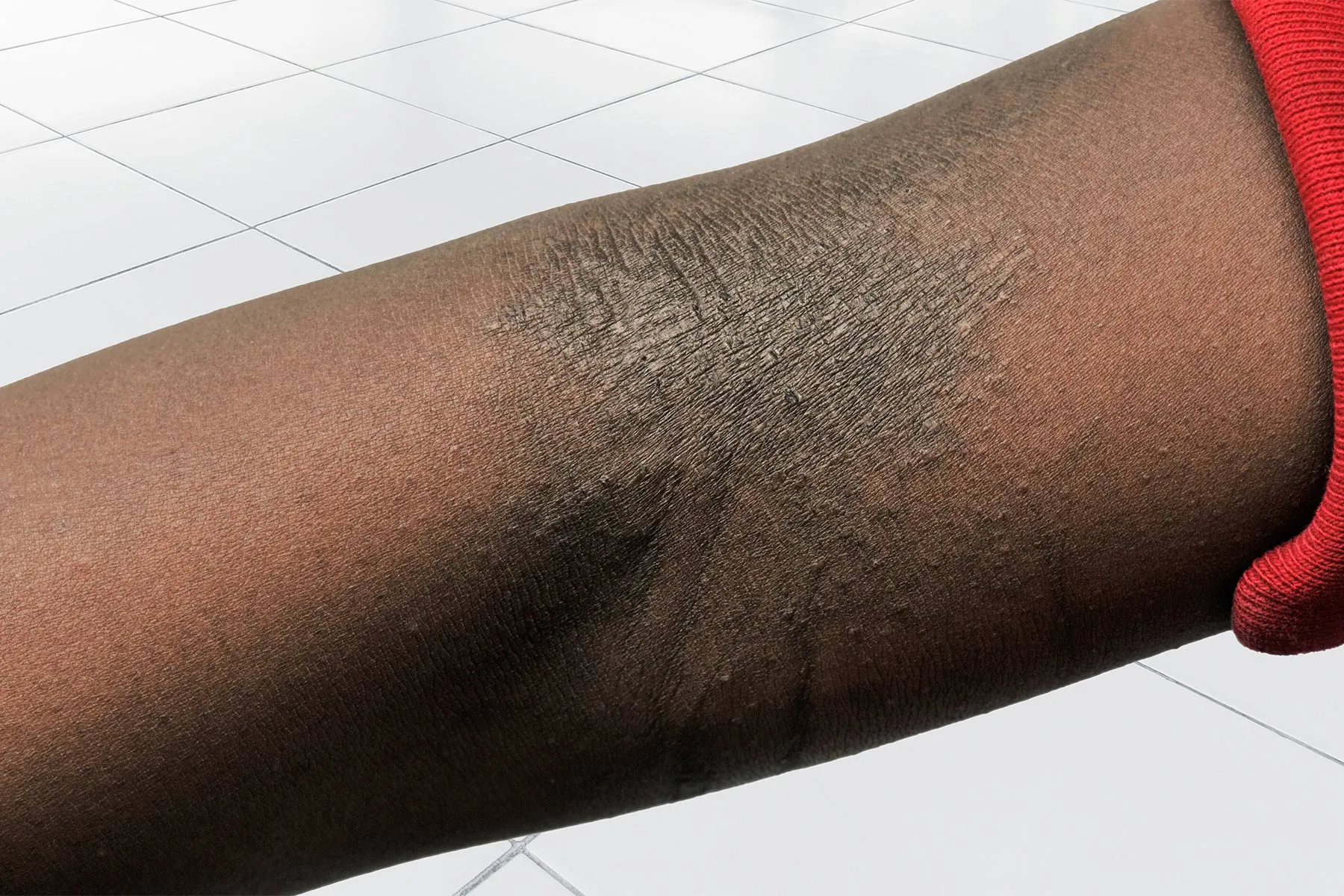U.S. Justice Spending Hit 21-Year High of $305B in 2017
Expenditures on police amounted to nearly half of what federal, state and local governments spent on the justice system in 2017, the latest year for which data was available, reports the Bureau of Justice Statistics.

U.S. spending on justice reached a 21-year high of $305 billion in 2017, the latest year for which data is available, according to the Bureau of Justice Statistics (BJS).
Expenditures by federal, state and local governments for corrections, police and the judicial system were the “highest they had been in 21 years,” the BJS reported in a study released Wednesday. Justice expenditures in 1997 amounted to $188 billion.
The largest portion of justice system spending was on police, totaling $149 billion in 2017―representing a 78 percent increase since 1997.
Most of that increase—the single largest justice increase—was for the cost of personnel.
Over the same period, inflation-adjusted spending on corrections rose 42 percent, from $63 billon to $89 billion, BJS said.
The BJS data was compiled from the Finance and Employment sections of the U.S. Census Bureau’s Census of Governments.
The study also reported that there were 708,079 sworn law enforcement officers in the U.S. in 2017, an increase of 19,572 since 2012.
That number is expected to have declined since then with the reported departure of many police officers due to unease or dissatisfaction prompted by the growth in anti-police sentiment over widely publicized incidents of excessive use of force.
The highest expenditures in per capita police protection were reported in the District of Columbia ($911) and New York ($530).
The lowest was reported in Kentucky ($171).
The highest overall per capita justice spending was recorded in the District of Columbia ($1,351) followed closely by Alaska ($1,256), California ($1, 087), and New York ($1,080).
“Justice system spending exceeded $500 per capita in 90 percent of states,” BJS reported.
The report also noted that spending on judicial and legal functions increased from $41 billion in 1007 to $67 billion in 2012―but then decreased slightly to $66 billion in 2017.
These figures predated the pandemic, which brought many functions of the justice system to a virtual halt, starting in early 2020.
Critics of the system have argued that that the shock wave caused by the pandemic to justice operations—particularly corrections, which saw the release of hundreds of vulnerable prisoners—showed that the system could do much more with less.
The figures will also provide ammunition to police reformers who argue that significant amounts of the law enforcement budgets of cities and counties could be diverted to social or community services.
To download the full BJS report and tables, please click here.

 Landwebs
Landwebs 






















